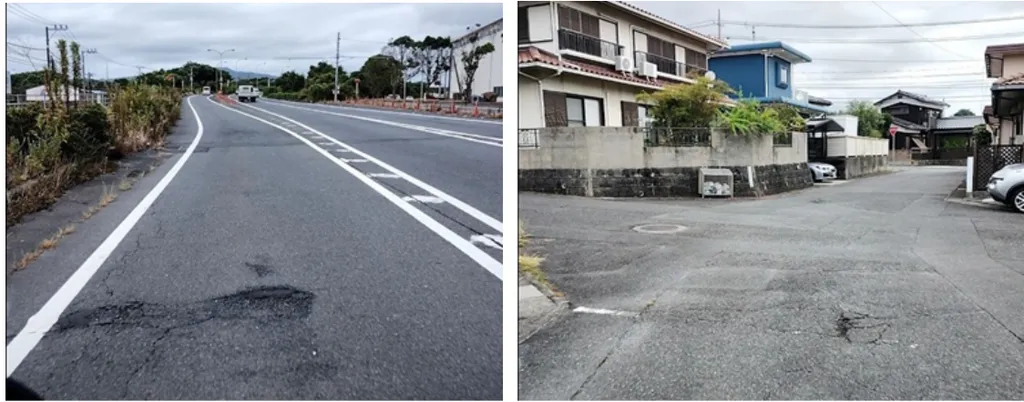In the face of aging infrastructure and a shrinking workforce, Japan is turning to cutting-edge technology to revolutionize road bridge maintenance management. A recent study led by T. Misaki from the Graduate School of Environmental, Life, Natural Science and Technology at Okayama University is paving the way for more efficient and data-driven approaches to this critical challenge.
As many road structures in Japan age, the need for efficient maintenance management has become increasingly pressing. Coupled with labor shortages due to a declining birthrate and an aging population, and the growing frequency of severe disasters, the pressure on maintenance systems is mounting. “We are at a crucial juncture where traditional methods are no longer sufficient,” Misaki explains. “There is an urgent need for innovative solutions that can help us manage our infrastructure more effectively.”
Enter I-Construction 2.0, a initiative aimed at integrating advanced technologies into construction and maintenance processes. Central to this effort is the use of 3D modeling and Building Information Modeling (BIM)/Civil Information Modeling (CIM), which link surveying, design, construction, and maintenance management with 3D data. Additionally, Japan is actively acquiring and storing 3D data of expressways and national highways nationwide using Mobile Mapping Systems (MMS). These systems capture detailed 3D spatial information about roads and their surroundings while in motion.
However, despite these advancements, the effective utilization of 3D data in maintenance management has remained largely unexplored. Misaki’s study aims to bridge this gap by demonstrating how 3D data can be leveraged to extract and quantify deformations from two-period 3D datasets. By employing the M3C2 algorithm for difference analysis, the research provides a robust method for identifying and measuring changes in road structures over time.
The implications of this research are significant for the energy sector, particularly for companies involved in the maintenance and management of critical infrastructure. “By harnessing the power of 3D data, we can not only improve the efficiency of maintenance operations but also enhance the overall safety and reliability of our road networks,” Misaki notes. This can lead to reduced downtime, lower maintenance costs, and improved asset management, ultimately benefiting both the industry and the public.
The study, published in ‘The International Archives of the Photogrammetry, Remote Sensing and Spatial Information Sciences’ (translated to English as ‘The International Archives of the Photogrammetry, Remote Sensing and Spatial Information Sciences’), represents a significant step forward in the application of 3D data to maintenance management. As the technology continues to evolve, it is expected to play an increasingly vital role in shaping the future of infrastructure maintenance and management.
For the energy sector, this research opens up new possibilities for leveraging advanced technologies to optimize maintenance processes and ensure the longevity of critical assets. By embracing these innovations, companies can stay ahead of the curve and meet the growing demands of a rapidly changing landscape. As Misaki’s work demonstrates, the future of infrastructure maintenance lies in the effective utilization of data and technology, paving the way for a more efficient and sustainable future.

